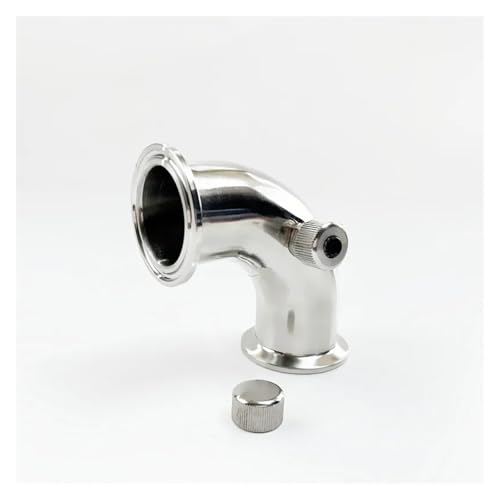And it's driving me mad.
I'm on 75/25 gas (everything from 25 to 40psi), about 5 beers on it now and the general way it goes is that it will pour a stout very white looking initially, it'll start to cascade to black but about half way up the glass it'll slow down and the head will sort of lower to meet it. Leaves me with about 2 - 2.5 inches of head every time. The head itself looks good and tight/creamy.
Anyone perfect this setup that can advise? Cheers.
I'm on 75/25 gas (everything from 25 to 40psi), about 5 beers on it now and the general way it goes is that it will pour a stout very white looking initially, it'll start to cascade to black but about half way up the glass it'll slow down and the head will sort of lower to meet it. Leaves me with about 2 - 2.5 inches of head every time. The head itself looks good and tight/creamy.
Anyone perfect this setup that can advise? Cheers.








































